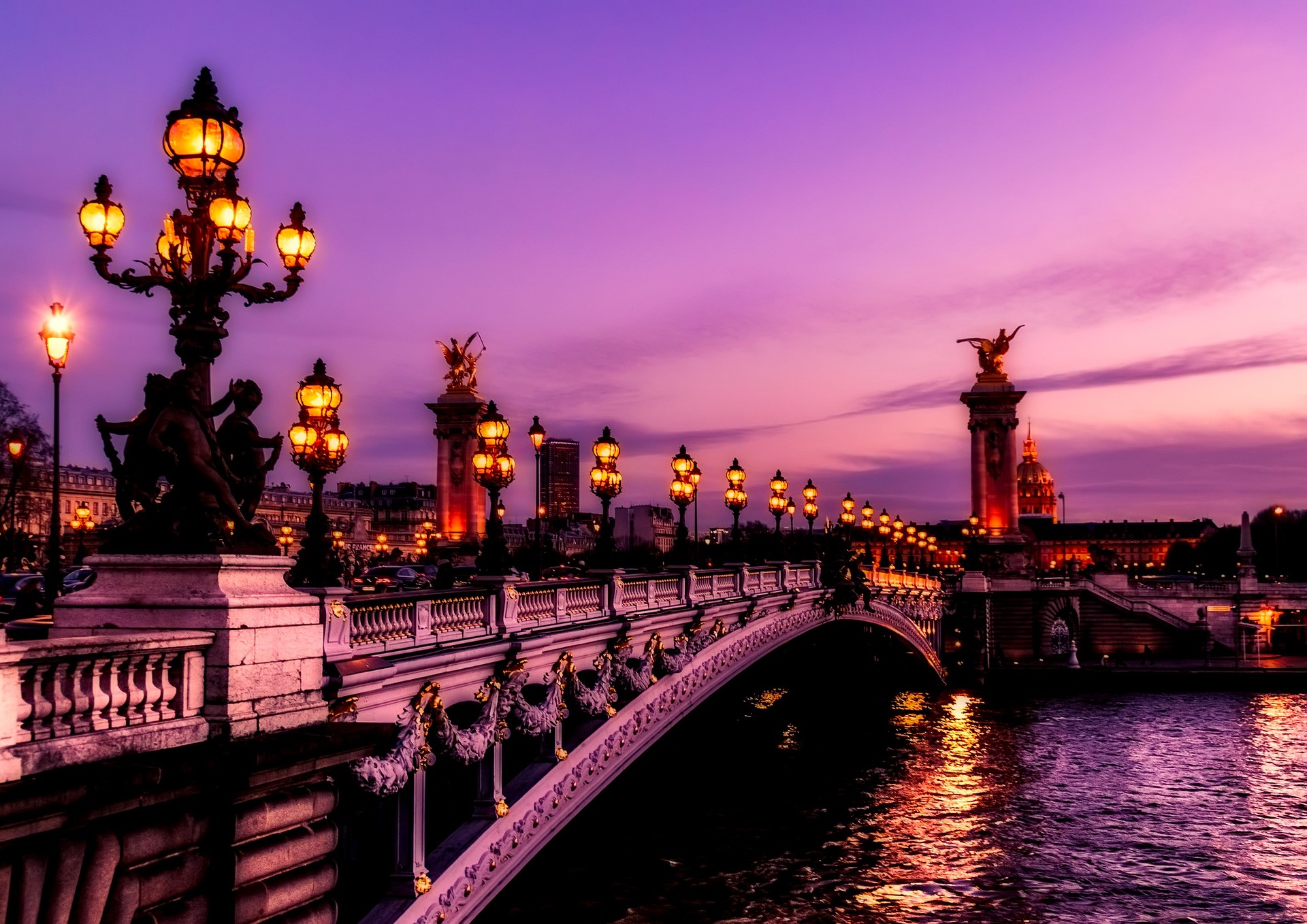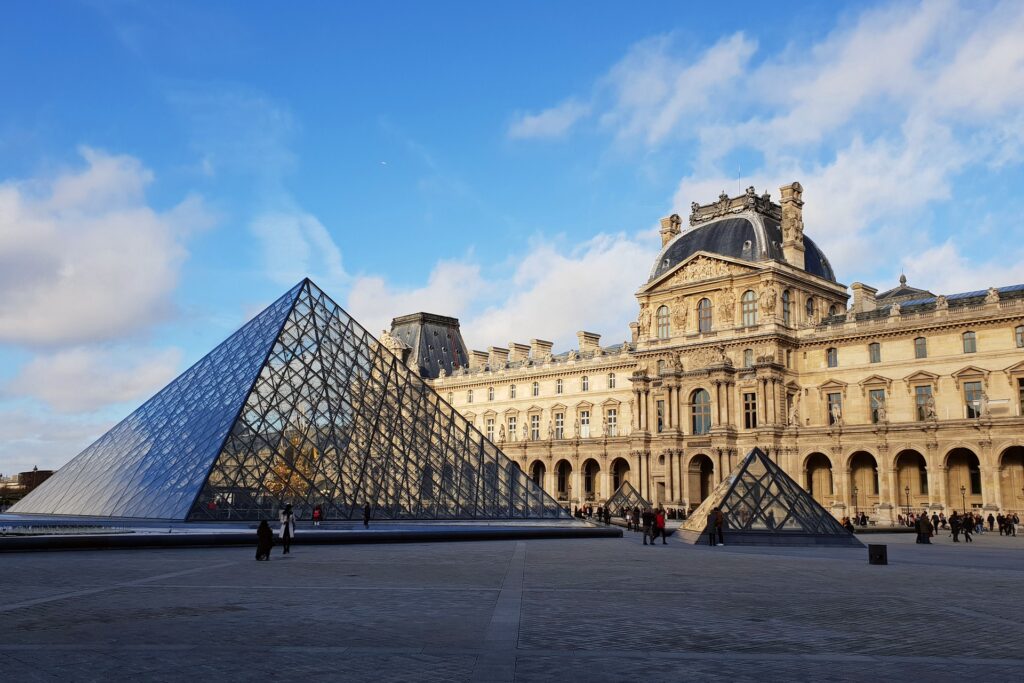Château de Versailles
The only structure on the site he chose at Versailles when Louis XIV, the King of France, first planned to construct a new palace and relocate his court was a modest hunting lodge. The palace still stands today as a great example of the extravagant excesses of the French nobles that sparked the French Revolution. Versailles was designed to highlight Louis’ prominence beyond all else. After all, this is the man who referred to himself as The Sun King, as in, “I am the center of the universe.” He famously and oh-so-modestly declared, “L’état, c’est Moi” (I am the state).
Buttons and bedchambers
When you enter the palace at Versailles, you are met with room after room of marble, gold, and paintings. Ceilings painted to depict Louis with the Greek gods, busts of him looking at you from every angle, and gold gold gold ensures that you never forget just how wealthy the King of France was. In the grand bedchamber of the queen, where they also gave birth in front of the public, a ritual resembling this one was performed for the French queens who resided at Versailles.
Hall Of Mirrors
The most well-known room in the palace, the Hall of Mirrors, was constructed to take the place of a sizable terrace that opened onto the garden and was created by architect Louis Le Vau. Jules Hardouin-Mansart, who succeeded Le Vau, came up with a better plan that, starting in 1678 and ending in 1684, replaced the terrace with a sizable gallery.…

